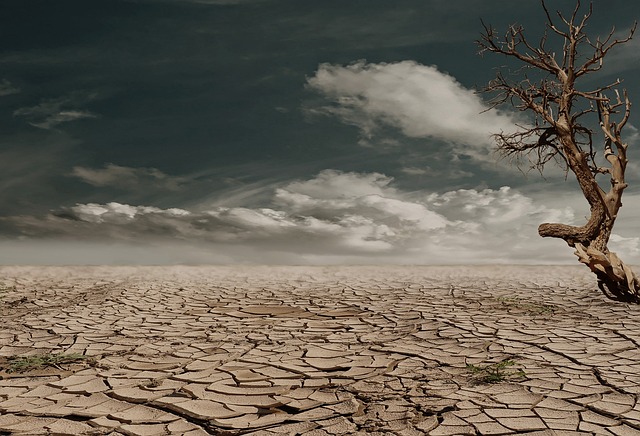In a world grappling with climate change and its dire consequences, our relationship with the earth is more crucial than ever. One of nature’s unsung heroes in this battle against desertification is clay soil. It may seem like a humble and unassuming entity, yet this remarkable substrate plays a pivotal role in maintaining ecological balance in arid regions.
Clay soil, with its small particles and high water-retention capacity, acts as a sponge, nourishing the land and sustaining life. It has the ability to absorb rainfall efficiently, ensuring that precious moisture is not lost to evaporation. This characteristic is especially vital in areas suffering from escalating temperatures and reduced precipitation—a common outcome of climate change. By nurturing clay soil, we can create a more resilient environment that can withstand the pressures of shifting weather patterns.
Moreover, clay soil boasts a unique composition that fosters biodiversity. It provides a haven for microorganisms, which are essential for soil health. These microorganisms contribute to nutrient cycling, aiding plant growth and strengthening ecosystems. When we maintain healthy clay soils, we promote diverse flora and fauna, which in turn, fight against the encroachment of deserts.
In many communities around the globe, traditional agricultural practices have long recognized the importance of clay soil. Farmers employ time-tested methods to enhance its fertility and maintain its integrity. These practices not only yield nutritious crops but also engage in sustainable land management that counters desertification. When we embrace these techniques, we can build resilience in our ecosystems and safeguard our food sources against the devastating impacts of climate change.
As we stand at the precipice of environmental upheaval, understanding and appreciating the role of clay soil becomes paramount. It reminds us that even in the harshest conditions, life can flourish if we respect and nurture the earth. The interplay between climate change and desertification might seem daunting, but it is clear that with awareness and action, we can fortify our landscapes with the incredible strength of clay soil.
Finally, let us not forget the significance of community involvement in this endeavor. Educating local populations about the benefits of clay soil and advocating for sustainable agricultural practices can lead to a widespread appreciation for this vital resource. By fostering a collective commitment to nurturing clay soil, we can make meaningful strides in combating desertification and mitigating the effects of climate change.


